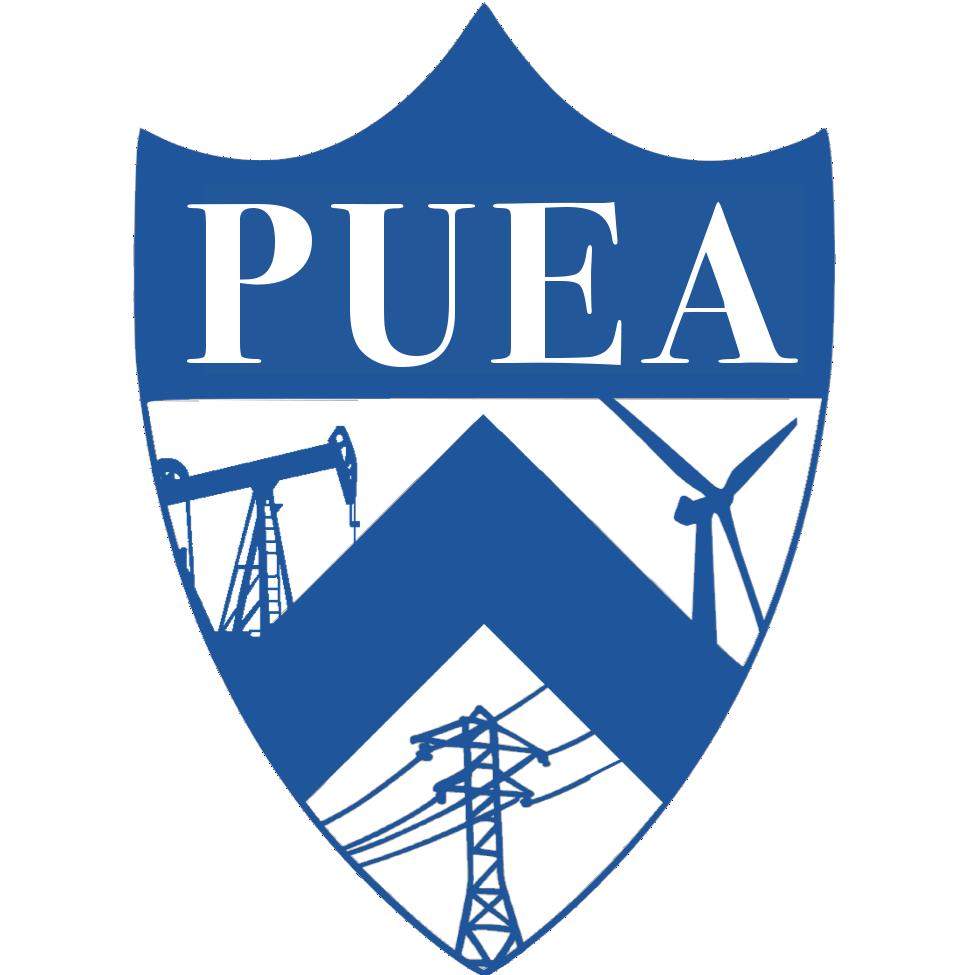Volume 7, Issue 3
March 3, 2018 – March 9, 2019
Neha Chauhan '21 | Joseph Kawalec '21 | Amy Amatya '21 | Patrick Huang ‘21 | Rei Zhang ‘21
Department of Energy Moves Forward with Controversial Test Reactor
February 28, 2019 | Science Magazine | Adrian Cho
Development of the Versatile Fast Neutron Source at Idaho’s National Laboratory will continue as planned. Also called the Versatile Test Reactor, this facility’s purpose is to generate high-energy neutrons for testing advanced nuclear fuels, materials, sensors, and instrumentation. With it, the Department of Energy hopes to bolster America’s position at the cutting edge of nuclear technology in the face of increasing competition from China and Russia. However, critics including Professor von Hippel of Princeton University argue that this is a pork barrel project meant to bring money into a certain district, and that the reactor will begin operation too late to bolster American companies developing novel fast-reactor designs. Ultimately, the Versatile Test Reactor is hoped to come online in 2026, costing between $3 to $3.5 billion. -SR
“You Say You Want a Revolution” In the Physics of Energy: Good Luck Green New Deal
February 28, 2019 | Forbes | Mark Mills
In 2017, the International Monetary Fund analogized the impending energy revolution to the smartphone revolution of the 2000’s, alluding to the inevitable need for creative energy solutions as we see increasing climate change. However, this comparison is misguided – the limitations of today’s physics make a change in energy production or storage unlikely on the disruptive scale that seems to be expected in political discussions such as those surrounding the Green New Deal. The mission of the Advanced Research Projects Agency – Energy (ARPA-E), created only a decade ago under the Department of Energy, would be more productive in supporting developments in basic science; limitations in current energy production and storage methods mean that this will be the first step in an energy revolution. -AA
Under Trump's Tariffs, The US Lost 20,000 Solar Energy Jobs
February 24, 2019 | Forbes | James Ellsmoor
After the best recorded year for solar energy in 2016, the growth of solar jobs stagnated and decreased by 18,000 total in the two following years. This article highlights President Trump’s proposed 30% tariffs on cheap solar imports from China as the largest contributing factor to the slowdown, as the solar industry relies on more expensive imports. However, The Solar Foundation is optimistic for 2019, as it projects a reversal of the employment slowdown and an increase of seven percent of jobs to industry as a whole, based on data from the 2018 National Solar Jobs Census. -RZ
Green Power: The Quest to Harness Energy From Leaves
February 28, 2019 | Wall Street Journal | Rebecca Heilweil
Researchers in the Center for Micro-BioRobotics at the Istituto Italiano di Tecnologia have outfitted a plant with additional artificial leaves that facilitate the conversion of wind energy into electricity. This team, led by Barbara Mazzolai, published a paper detailing how natural plant leaves held in contact with silicone rubber “leaves” attached to the plant’s trunk could successfully produce electricity. Mazzolai’s research group has also worked on building robots that work in conjunction with or function like plants. For example, the team’s “plantoids” are robots that can dig, bend, and take measurements with attached sensors. One was even equipped with a 3D printing device that allowed it to add layers of material, effectively allowing the plantoid to grow. Mazzolai hopes that these projects will not only present new methods of energy generation and storage but also open new doors in the field of robotics. -PH
Scotland To Help China Develop Marine Energy Research Base
February 28, 2019 | Forbes | John Parnell
The European Marine Energy Centre (EMEC) is helping China develop the world’s second marine energy research base around Scotland’s Orkney Islands, which will host both wind- and tide-powered electricity generators. This is an exciting step forward for the relatively untapped field of marine energy — the world’s only other tidal and wind generator testing station is the Qingdao Pilot National Laboratory for Marine Science and Technology (QNLM) near Zhaitang Island in China. A long and craggy coastline suggests that the United Kingdom may be able to generate 20% of its power through ocean energy while also creating a substantial marine energy economy at home and abroad. Continued collaboration with the EMEC could provide the QNLM, which is testing a variety of innovative wave and tidal devices, with the experience and expertise necessary to get this plan off the ground. -JK






